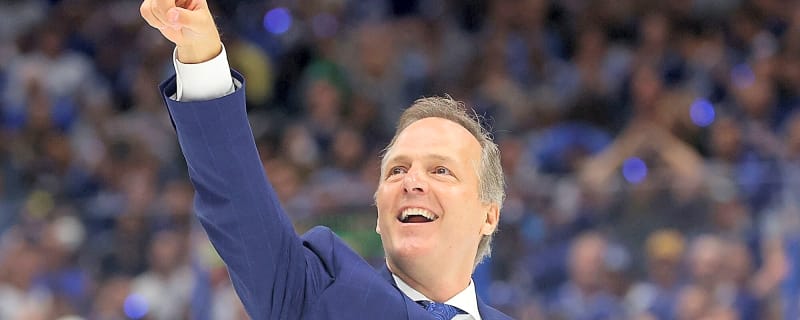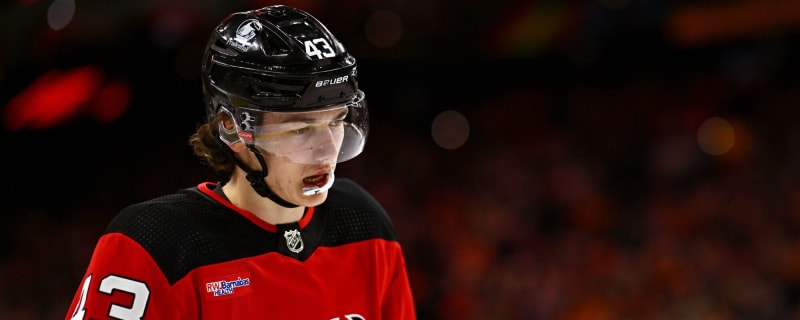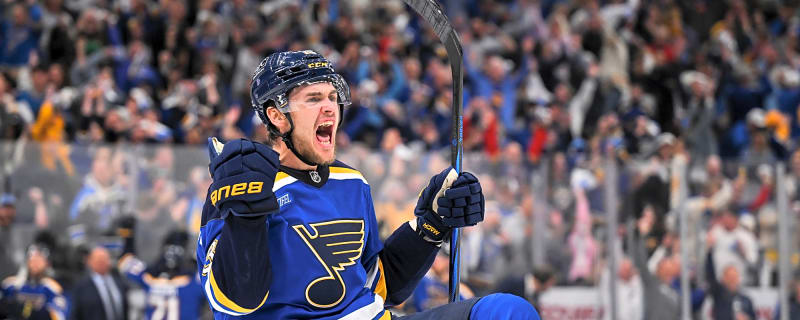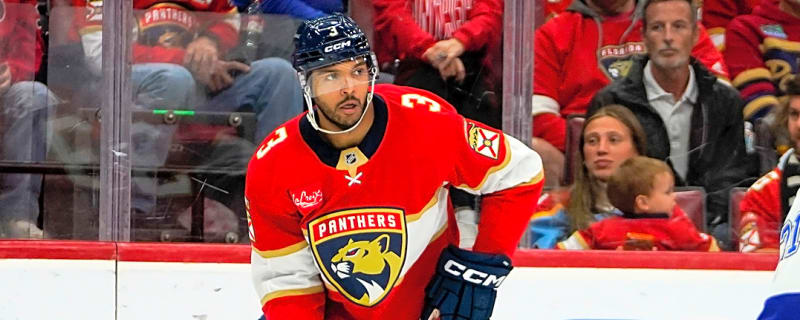- Home
- Quizzes
- My Quiz Activity
- Newsletters
- MY FAVORITES
- Add Sports/Teams
- SPORTS
-
NFL
- NFL Home
- Arizona Cardinals
- Atlanta Falcons
- Baltimore Ravens
- Buffalo Bills
- Carolina Panthers
- Chicago Bears
- Cincinnati Bengals
- Cleveland Browns
- Dallas Cowboys
- Denver Broncos
- Detroit Lions
- Green Bay Packers
- Houston Texans
- Indianapolis Colts
- Jacksonville Jaguars
- Kansas City Chiefs
- Las Vegas Raiders
- Los Angeles Chargers
- Los Angeles Rams
- Miami Dolphins
- Minnesota Vikings
- New England Patriots
- New Orleans Saints
- New York Jets
- New York Giants
- Philadelphia Eagles
- Pittsburgh Steelers
- San Francisco 49ers
- Seattle Seahawks
- Tampa Bay Buccaneers
- Tennessee Titans
- Washington Commanders
-
MLB
- MLB Home
- Athletics
- Arizona Diamondbacks
- Atlanta Braves
- Baltimore Orioles
- Boston Red Sox
- Chicago White Sox
- Chicago Cubs
- Cincinnati Reds
- Cleveland Guardians
- Colorado Rockies
- Detroit Tigers
- Houston Astros
- Kansas City Royals
- Los Angeles Angels
- Los Angeles Dodgers
- Miami Marlins
- Milwaukee Brewers
- Minnesota Twins
- New York Yankees
- New York Mets
- Philadelphia Phillies
- Pittsburgh Pirates
- San Diego Padres
- San Francisco Giants
- Seattle Mariners
- St. Louis Cardinals
- Tampa Bay Rays
- Texas Rangers
- Toronto Blue Jays
- Washington Nationals
-
NBA
- NBA Home
- Atlanta Hawks
- Boston Celtics
- Brooklyn Nets
- Charlotte Hornets
- Chicago Bulls
- Cleveland Cavaliers
- Dallas Mavericks
- Denver Nuggets
- Detroit Pistons
- Golden State Warriors
- Houston Rockets
- Indiana Pacers
- Los Angeles Clippers
- Los Angeles Lakers
- Memphis Grizzlies
- Miami Heat
- Milwaukee Bucks
- Minnesota Timberwolves
- New Orleans Pelicans
- New York Knicks
- Oklahoma City Thunder
- Orlando Magic
- Philadelphia 76ers
- Phoenix Suns
- Portland Trail Blazers
- Sacramento Kings
- San Antonio Spurs
- Toronto Raptors
- Utah Jazz
- Washington Wizards
-
NHL
- NHL Home
- Anaheim Ducks
- Boston Bruins
- Buffalo Sabres
- Calgary Flames
- Carolina Hurricanes
- Chicago Blackhawks
- Colorado Avalanche
- Columbus Blue Jackets
- Dallas Stars
- Detroit Red Wings
- Edmonton Oilers
- Florida Panthers
- Los Angeles Kings
- Minnesota Wild
- Montreal Canadiens
- Nashville Predators
- New Jersey Devils
- New York Islanders
- New York Rangers
- Ottawa Senators
- Philadelphia Flyers
- Pittsburgh Penguins
- San Jose Sharks
- Seattle Kraken
- St. Louis Blues
- Tampa Bay Lightning
- Toronto Maple Leafs
- Utah Mammoth
- Vancouver Canucks
- Vegas Golden Knights
- Washington Capitals
- Winnipeg Jets
- NCAAF
- NCAAM
- Olympics
- Boxing
- Entertainment
- Lifestyle
- Golf
- MMA
- Soccer
- Tennis
- Wrestling
- Sports Betting
- More Sports
- RESOURCES
- My Account
- YB on Facebook
- YB on Twitter
- YB on Flipboard
- Contact Us
- Privacy Policy
- Terms of Service
A big-money forward is suddenly being linked to the Oilers
It certainly would make sense that Edmonton would look at an Edmonton-born winger with a history of solid production who is locked in long-term at a reasonable rate.
Mammoth to host Avalanche in 2027 Winter Classic
One of the league’s “newer” teams is going to be taking things outside.
Blue Jackets' Mason Marchment week-to-week with upper-body injury, placed on IR
There's been some unwelcome news in Ohio’s capital.
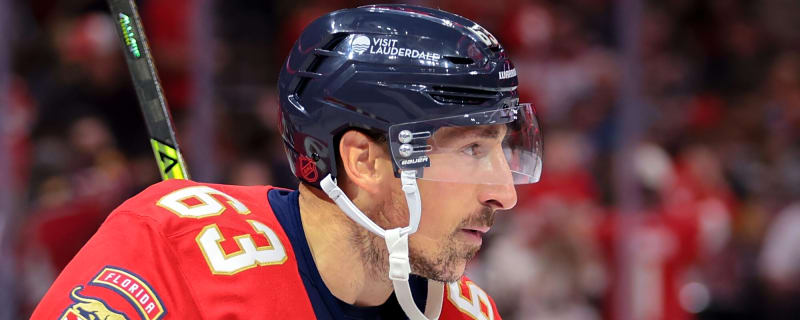
Panthers’ coach Maurice on Marchand injury: ‘Dealing with something we didn’t want to make worse’
Florida Panthers head coach Paul Maurice provided an update on Brad Marchand, who left Tuesday’s game against the Toronto Maple Leafs after taking a hit from Bobby McMann late in the second period.

The 'All-time points leader by NHL team' quiz
Can you name every NHL franchise's all-time leader in points in five minutes?

NHL trade board: Which team will start a fire sale before Olympic roster freeze?
Something about an impending roster freeze, eh? It spikes NHL general managers’ heart rates and spurs them to do something.
Who is the winningest coach for every NHL franchise?
NHL head coaches have to hire good assistants. They have to set an overarching philosophy, juggle lineup configurations, and do the kind of “man management” that is impossible to track statistically.
How bad has the Devils defense been this season?
What was already shaping up to be a disappointing 2025-26 season for the New Jersey Devils reached a brand new nadir on Tuesday night in Long Island.
What are the 2025-26 Boston Bruins?
The Boston Bruins have been better than many thought they would be in 2025-26, but just how good can they be this season?

Kings' Corey Perry granted leave to deal with family illness
The Los Angeles Kings announced that forward Corey Perry has been designated non-roster playing status, as he is returning home to deal with an illness in his family.

Jets' Haydn Fleury stretchered off ice after scary hit into boards
A frightening scene unfolded in Manitoba on Tuesday night.
Flyers' Zegras gives fiery interview after scoring twice against his former team
Philadelphia Flyers forward Trevor Zegras capped off a memorable game against the Anaheim Ducks, his former team, with a fiery interview.
Red-hot Connor McDavid's hat trick sparks Oilers over Preds
The goals were McDavid's 26th, 27th and 28th and extended his point streak to 16 games.

Rangers HC Mike Sullivan will be under more pressure in wake of Igor Shesterkin, Adam Fox injuries
Mike Sullivan will have to have to find a way to pull a rabbit out of his hat after the latest brutal Rangers injury news.

Halfway home: Evaluating the Islanders' season so far as playoff picture sharpens
Let’s take a look at the highs (and lows) of the season so far as the Isles march toward their first playoff push since 2023-24.
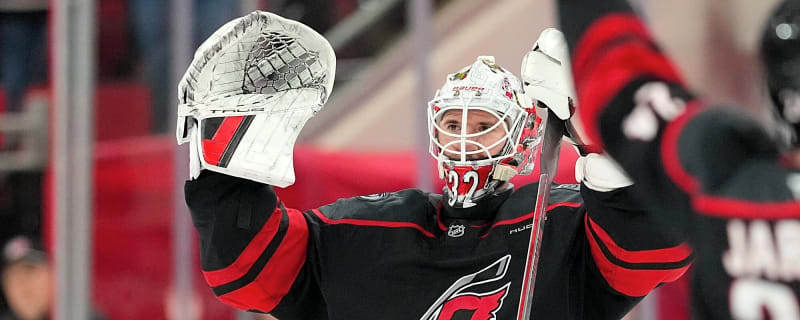
Hurricanes need to take a big swing as East remains wide open
The Carolina Hurricanes have gotten off to a very strong start in the first half of 2025-26, going 25-14-3 with 53 points through their first 42 games, good for first in the Metropolitan Division and second in the Eastern Conference.

Capitals continue to impress despite slight step back
The Washington Capitals were the surprise team of the 2024-25 NHL season, as they rebounded from barely sneaking in the year prior to powering their way to the top spot in the Metropolitan Division a year ago.

Injuries continue to be the story for struggling Devils squad
With 46 points through 42 games, the Devils find themselves tied for second-last in the Metropolitan Division.

Does Igor Shesterkin's injury spell an end to the Rangers' season?
Igor Shesterkin picked up an injury and had to leave Monday night’s contest against the Utah Mammoth.

Maple Leafs' Brandon Carlo set to return after long injury layoff
The Leafs have been without Carlo for the majority of the season.

Hurricanes' Seth Jarvis set to return to play far sooner than expected
The Hurricanes felt Jarvis’ absence acutely. They’re 3-5-0 in those eight without him.
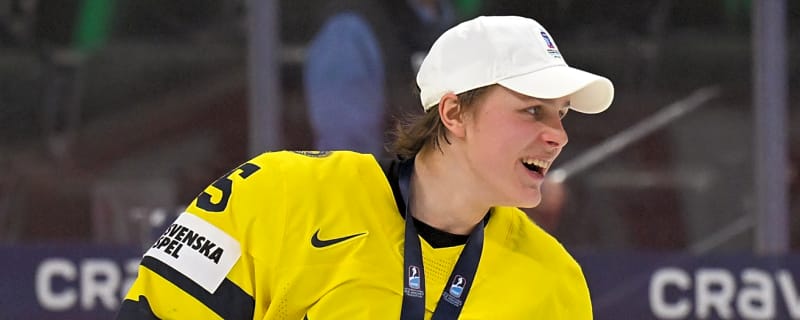
Four NHL Draft prospects who raised their stock at 2026 World Juniors
Which prospects raised their stock at the 2026 World Junior tournament?
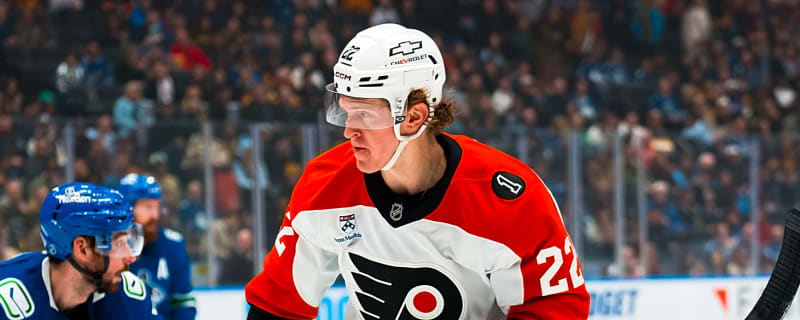
Another free-agent domino falls with Flyers forward Christian Dvorak's five-year contract extension
Signed by the Flyers last summer on a one-year deal worth $5.4M, Dvorak has been a strong fit, with 25 points in 39 games so far this season.
Sweden breaks gold-medal drought, beats Czechia to win 2026 World Juniors
With a 4-2 victory over Czechia at Grand Casino Arena on Monday, Sweden has finally won gold at the World Junior Championship for the first time since 2012.
Blues reward winger Alexey Toropchenko with two-year contract extension
The Blues announced they’ve signed winger Alexey Toropchenko to a two-year contract extension.
Panthers defenseman Seth Jones out week-to-week as injury threatens status for Olympics
Panthers defenseman Seth Jones is out week-to-week with the upper-body injury he suffered in last week’s Winter Classic.
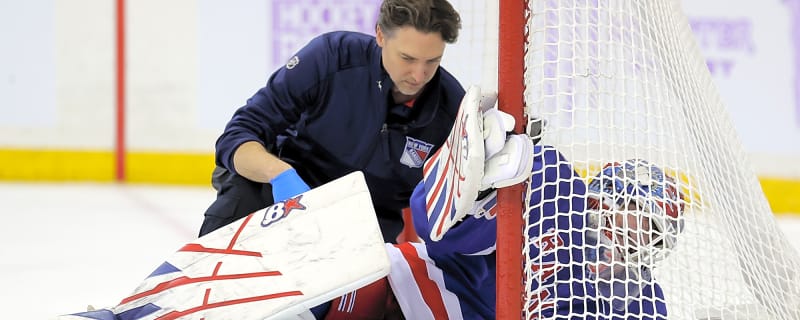
Igor Shesterkin injury update: Rangers hold breath after star goalie exits
The silence was deafening on Monday night when New York Rangers goaltender Igor Shesterkin collapsed to the ice at Madison Square Garden and didn’t get back up.
Breaking News
Trending News
My Favorites
Customize Your Newsletter
 +
+
Get the latest news and rumors, customized to your favorite sports and teams. Emailed daily. Always free!
PRIVACY POLICY EDITORIAL POLICY CONTACT US
ABOUT YARDBARKER TERMS OF SERVICE
Use of this website (including any and all parts and
components) constitutes your acceptance of these
Terms of Service and Privacy Policy.
This site is for entertainment purposes only.
There is no gambling offered on this site.
Gambling Problem? Call 1-800-Gambler.

 Free Newsletters
Free Newsletters

